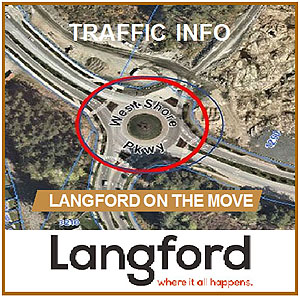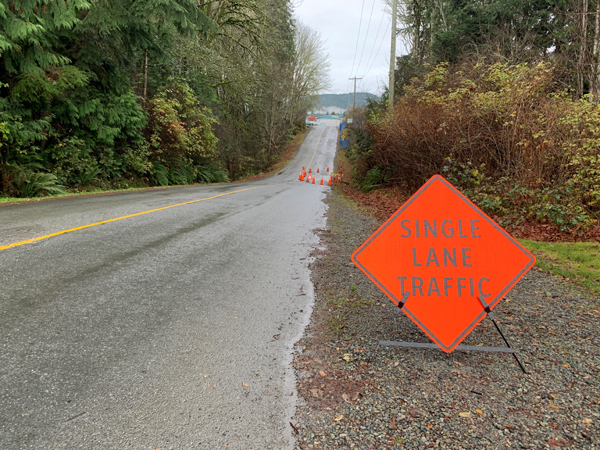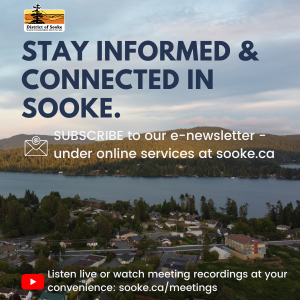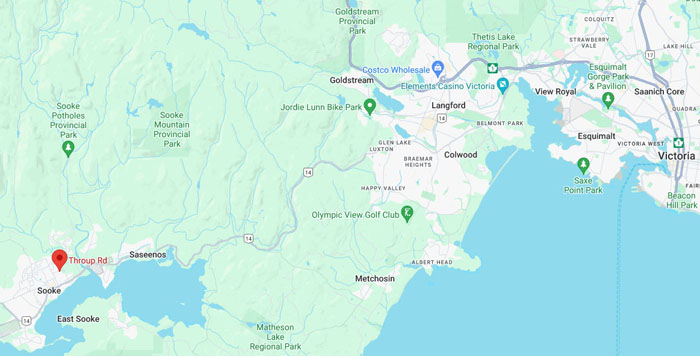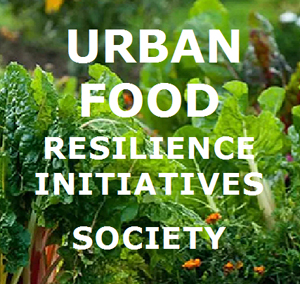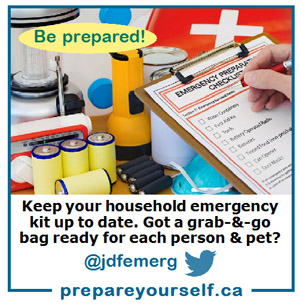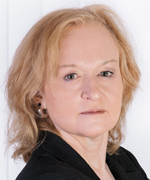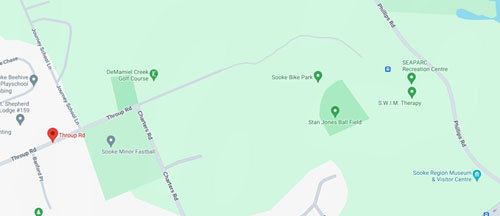
Saturday June 22, 2024 | SOOKE, BC [Updated June 23, 2024]
Regional news & political analysis by Mary P Brooke | Island Social Trends
There’s a small road nestled among homes, a school, a golf course and farmland in the core area of Sooke that has become a matter of political angst.
If the road were to be extended as a ‘connector’ it could wrap around the services of a major recreation centre and also provide an alternative in-town traffic route. That is indeed a project in the works, with a current expected completion date in 2027.
It’s the Throup Connector that will extend to Phillips Road. It’s a Sooke story.
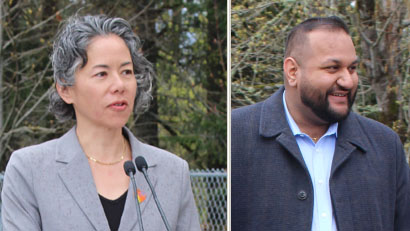
Politics about traffic:
This past week some spitfire resulted from a comment by local MLA Ravi Parmar (Langford-Juan de Fuca) which fingered long-time District of Sooke Mayor Maja Tait for non-action on a road connector that would presumably ease traffic flow both within and to/from the growing town.
As towns grow, people often express frustration with increased travel times from ‘point A to point B’.
For the past few years, the drive time on Highway 14 from Sooke to the larger municipality of Langford (with Saanich and Victoria beyond) has been a speedy 20 minutes in off-peak hours. Meanwhile, rush-hour traffic times have already been longer in the last couple of years, even with the improvements between Glinz Lake Road and Connie Road. Traffic backups are quite significant now, with the Charters Road work-around presently not available.
Back in time to 2005:
The congestion on Highway 14 is now (for the past several years) even more intense when traffic on the one-road-in-and-out-of-Sooke is backed up combined with other local construction (currently on Charters Road).
If an extension of Throup Road to Phillips Road had been done starting back back in 2005, would the traffic congestion be any less? Perhaps.
Almost 20 years ago a referendum was held to test that premise, sparked by some considerable foresight by council of the day.
Council leadership in 2005 (under then-mayor Janet Evans) could see community growth coming. But long-time locals hoped that they could deflect growth if road networks remained undeveloped.
Evans was probably responding to interest from the property development community from beyond Sooke’s borders. But long-time locals were set against big-city development. The District of Sooke Council in 2005 was comprised of councillors who have been long gone from elected politics for many years (Rick Armour, Sheila Beech, Ron Dumont, Rick Kasper, and Jen Smith, and the late Brenda Parkinson).
Charters Road alternate route:
People have been using Charters Road as a workaround all these years, to nip off from Highway 14 when their westbound destination lay deeper in-town, or when Otter Point Road beyond could take them to their destination.
Westbound drivers who know the local area will turn right from Highway 14 onto Charters Road when traffic in-bound to town centre (and beyond to west of Sooke) becomes backed up during commuter hours.
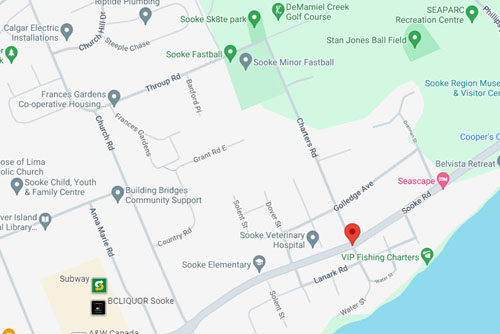
And it’s well-known that if an emergency causes Highway 14 closure (which would have been full closure both ways before the 2023-completed improvements now make that a single-lane closure) that traffic could be backed up for hours.
Politics on that: Highway 14 improvements were made possible by former local MLA John Horgan being Premier; frankly, before that, the BC Liberal provincial government made it as tough as possible for the Horgan-led region to get anything it needed. Even when Sooke town center got a roundabout on Highway 14 (approximately 2015), Horgan was not even invited to the official opening.
Charters has a steep grade which has led to flooding. Charters Road is now undergoing an upgrade — including installation of culverts — with a construction project that will run at least until October.
Traffic congestion is Ministry-confirmed:
In a statement to Island Social Trends on June 20, the Ministry of Transportation and Infrastructure (MOTI) confirmed the traffic congestion resulting from this year’s work on Charters Road: “The ministry recently pulled traffic-volume logs through the Highway 14 corridor (between Otter Point Rd and Phillips Rd) and found that the Charters Road closure (a District of Sooke project) has added additional congestion during peak hours.”
“We are currently working with the District of Sooke to see if there is the ability to optimize the traffic signal timing between Otter Point Road and Phillips Road while Charters Road is closed,” MOTI noted.
“The Ministry is aware of the concerns people have with traffic congestion on the South Island, and how important it is to have a clear and safe commute,” an MOTI spokesperson said, noting significant Highway 14 improvements in recent years and more that are underway (west of Sooke).
“I’ve heard from many people about their concerns regarding the increased congestion in and out of the Sooke community due to the closure of Charters Road for improvements,” said MLA Parmar in an email to Island Social Trends on June 20.
“I agree that being stuck in traffic is frustrating, and we need to work together to solve these challenges, so people are not spending valuable time behind the wheel,” said Parmar.
‘Big mistake’ to turn down funding:
This comes after MLA Parmar tried a political push in local TV media coverage this past week, which seemed surprisingly pointed against the current mayor. His sharp critique showed a lack of context in suggesting that a 2005 referendum turning down the province’s help with roadway funding was somehow the present municipal council’s fault.
“I think Sooke made a big mistake when they turned down provincial funding,” said Parmar in a CHEK TV news interview on June 18, referring to a referendum and council decision from nearly 20 years ago. That seemed like a simplistic perception on Parmar’s part which overlooks nearly two decades of community growth and politics.
Provincial slant:
It’s interesting that Parmar would get himself embroiled in a Sooke-sensitive political issue when in just a few months Sooke will be off his plate when he runs as the NDP candidate in the revised-boundary Langford-Highlands provincial riding (voters will head to the polls on October 19, 2024).
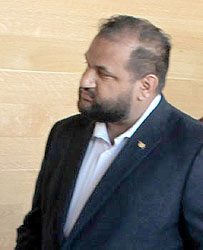
His current riding called Langford-Juan de Fuca includes Langford, Sooke, Highlands and the massive footprint that is Juan de Fuca (which includes East Sooke, and everything west of Sooke out to Port Renfrew).
It’s almost as if Parmar speaks for the province, rather than just his riding. Indeed, his email reply to questions from Island Social Trends came through the NDP caucus office, not his constituency office.
Local petitions – then and now:
“There was a group of people who got together and got petitions going and said we don’t want this,” says District of Sooke Councillor Dana LaJeunesse (as acting mayor) regarding the 2005 referendum.
Now another petition has been launched (in 2024 through Change.org) called Petition: Immediate and Future Solutions to Traffic Congestion Between Langford Sooke which currently has 2,195 signatures (at June 22, 2024) with a demand for immediate solutions to the Sooke traffic congestion.
The petition cites all the reasons for traffic flow improvement that have already been discussed by Council and community for years, including impacts on business, tourism and family-time interruptions.
“I’m certainly calling on the local government to prioritize the Throup Road connector,” said Parmar, when really it’s the provincial funding that would liberate some action on the project. As LaJeunesse said in the CHEK-TV news report: “We just need the money” (to get started).
As an example, turning a trail from Throup Road into a connector to nearby Phillips Road was already approved for provincial funding, an announcement for 2027 completion, which Parmar mentioned this week. That project is provincially supported with an Active Transportation grant. [See District of Sooke Active Transportation Corridors within their Transportation Master Plan]
Mayor Tait’s response:
“It is unfortunate that MLA Parmar chose to take such a pointed attack toward our community,” said District of Sooke Mayor Maja Tait in a statement to Island Social Trends.
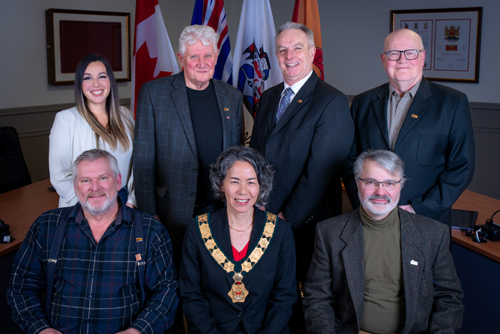
“The 2005 referendum, which took place before my tenure on Council, was ultimately the decision of the electorate,” says Tait, indicating that respecting public process was the key reason for the municipal council of the day to not proceed with the Throup connector.
“As I understand it, residents were concerned about the growth and wanted to retain the rural charm of Sooke. It’s clear that Sooke is a highly desirable place to live, and while the perspective may have been ‘if we don’t build it, people won’t come’ — people have come, and continue to do so,” said Tait, referring of course to the rapid growth of the Sooke population as families flock to areas beyond urban core areas of Greater Victoria to find housing that is comparatively more affordable.
“We need to do better to ensure growth is aligned with our infrastructure. The difficult reality of this is that it costs a lot. Sooke is approaching 25 years since incorporation, with a host of rural roads that require extensive upgrades,” said Tait.
Working collectively:
“Given this and the significant impacts congestion had on quality of life, we need to work collectively towards this multifaceted problem and not continue to blame decisions made before either of our time,” said Tait this week.
Tait started on the Sooke municipal scene in 2008 and Parmar’s time in politics officially launched in 2014 when he was elected to the local SD62 school board.
“Residents are struggling and we need to come together to support them and focus on collaborative solutions. We need to accept the reality that a multifaceted problem requires a multifaceted solution,” Tait told Island Social Trends in a broader statement that included commentary on busy elementary schools, absence of after-school child care, the need to improve access to health care, and local employment opportunities.
Throup Road in the Transportation Master Plan:
“The re-inclusion of Throup Road in the transportation master plan reflects our ongoing efforts to address these complex issues,” says Tait.
She points out that “significant enhancements to both Church and Otter Point Road in recent years did not result in the congestion we see today” which she says “underscores the multifaceted nature of the problem”.
“Changes in transit operations and the rise of remote work programs have further complicated the situation,” says Tait, who for years has engaged with BC Transit about bus route solutions.
After the completion of Wadams Way (a brand new road in 2013, through former farm land, connecting Otter Point Road to Church Road and providing access to the Sooke Family Resource Centre and the recently-new Sooke Library), a business case for the Throup Road corridor was completed to prepare for a grant application, but funding was not approved, says Tait.
Throup to Phillips will be costly:
Sooke’s mayor points out that Throup to Phillips is a particularly expensive project. The terrain is steep, involves multiple property owners and requires provincial permitting with consideration due to environment and soil, among other things.
“This takes time and money. We are engaging with residents about potential referendum questions for borrowing as part of our 2025 budget survey, and we plan to bring these forward. However, if the province is able and willing to help us realize a solution more expeditiously, we would welcome that opportunity,” says Tait.
The Throup to Phillips connector will include roads with sidewalks and bike lanes. “This area is a high-use pedestrian corridor, currently connecting schools and the recreation centre, which underscores the importance of these features,” says Christina Moog, Communications Coordinator, District of Sooke.
The Throup to Phillips Connector project is being supported with a provincial Active Transportation grant. “Active Transportation corridors can be various types of infrastructure designed to support walking and rolling. That can include dedicated walking and biking trails, as well as routes alongside roads that may feature sidewalks and bike lanes, typically both,” explains Moog.
Safety and effectiveness:
In 2023, Parmar shared in an opinion piece with local media: “Our improvements to Highway 14, completed over the summer, will allow folks in the region to move around safely and more effectively.”
“While safety may have been addressed, effectiveness has not,” says Tait. “I am disappointed in Mr. Parmar’s words and look forward to collaborating with him, alongside our Council, to discuss meaningful solutions and realistic actions that will genuinely support our residents.”
Parmar said in a statement to Island Social Trends on June 20: “While the largest impact to reduce congestion would be the District of Sooke building the Throup Road Connector, we recognize that there is always more the province can do. We will continue to explore other potential improvements to Highway 14 that will benefit residents.”
“We’ve made crucial improvements to Highway 14 on both ends of Sooke, including between Otter Point Road and Woodhaven, as well as major highway widening between Connie Road and Glinz Road. Additionally, millions have been invested to support active transportation and other infrastructure improvements,” says Parmar.
===== RELATED:
- Active transportation grants celebrated in Sooke & west shore (March 25, 2024)
- New four-lane section of Highway 14 now open (July 14, 2023)
- Highway 14 upgrade at Connie Rd & Glinz Lake Rd continues to Fall 2022 (July 22, 2022)
NEWS SECTIONS: FEDERAL ELECTION 2025 | SOOKE | POLITICS
===== ABOUT THE WRITER:
Island Social Trends Editor Mary P Brooke has been covering the news of Sooke and the west shore region since 2008. During 2014-2020 her local news reporting focused on the rapid community growth in Langford and Colwood.
In 2020 Ms Brooke began covering provincial politics with a focus at first on the COVID pandemic; now she reports alongside the BC Legislative Press Gallery.
In 2022 Mary P Brooke ran for school trustee in Sooke School District SD62 (Belmont Zone / west shore side). In 2023 she was nominated for a Jack Webster Foundation journalism award for her community-support through journalism. In 2024 Ms Brooke launched a non-profit society to support the South Vancouver Island region in areas of Urban Food Resilience.
Island Social Trends presents news through a socioeconomic lens with political analysis, posted online at IslandSocialTrends.ca and available by Premium Subscription (articles by text/email and PDF of the biweekly print edition).




